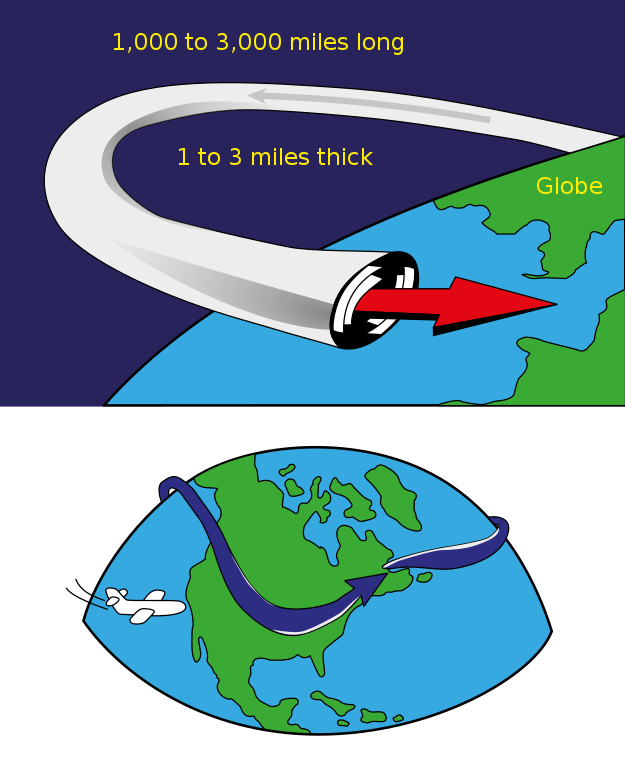The Jet Stream: Nature's High-Speed Airway Explained
Written on
Understanding the Jet Stream
You may have encountered the term "jet stream" in weather forecasts, but what does it truly signify? The jet stream is essentially a high-altitude air current, often described as a narrow ribbon of wind that exists between altitudes of 20,000 and 50,000 feet. This current typically flows from west to east and can reach astonishing speeds exceeding 275 mph. For context, this is significantly faster than a Category 5 hurricane, which has winds of over 156 mph.
But how does the jet stream form, and what is its significance, particularly for aviation?
The jet stream's west-to-east flow is primarily a result of the Earth's rotation. As air moves away from the equator, it doesn't simply ascend north or south; its movement is influenced by its geographical position. Areas near the equator travel faster in relation to points further north or south due to the Earth's rotation dynamics.
In simpler terms, as air travels poleward, it maintains its easterly trajectory, but the Earth's surface moves at a slower rate in these northern or southern regions. Consequently, this creates a scenario where the air accelerates further in an easterly direction as it moves away from the equator.

The Formation of Jet Streams
Jet streams arise from the temperature contrasts between warm and cold air masses, which are most pronounced during winter in both the northern and southern hemispheres. These temperature disparities enhance wind strength in the upper atmosphere, leading to the formation of two prominent jet streams: the Polar Jet, situated closer to the poles, and the Subtropical Jet, found between the Polar Jet and the equator. The positioning of these jet streams can shift with seasonal changes, temperature fluctuations, pressure systems, and solar activity.
Jet streams play a crucial role in aviation, as aircraft can utilize these powerful winds to travel from west to east more efficiently, reducing both time and fuel consumption, which ultimately benefits airlines financially.
A striking instance of the jet stream's power was recorded in January 2016, when a British Airways Boeing 777 flying from New York to London achieved a remarkable ground speed of 745 mph while harnessing a jet stream that produced winds exceeding 200 mph. This flight nearly reached supersonic speeds (761 mph) and arrived at Heathrow Airport an hour and a half ahead of schedule.
This video titled "What Is The Jet Stream & How Fast Does It Go?" explores the dynamics and impact of the jet stream on weather patterns and air travel.

The Impact of Jet Streams on Air Travel
The significance of jet streams extends beyond mere weather phenomena; they are instrumental in the aviation industry. By taking advantage of these high-speed winds, pilots can optimize flight times and fuel efficiency.
The video "The jet stream" provides an in-depth look at how jet streams form, their characteristics, and their effects on global weather systems.
Conclusion
Understanding the jet stream helps us appreciate its crucial role in both weather forecasting and aviation. This high-speed air current not only shapes our climate but also enhances the efficiency of air travel, making it a remarkable feature of our atmosphere.